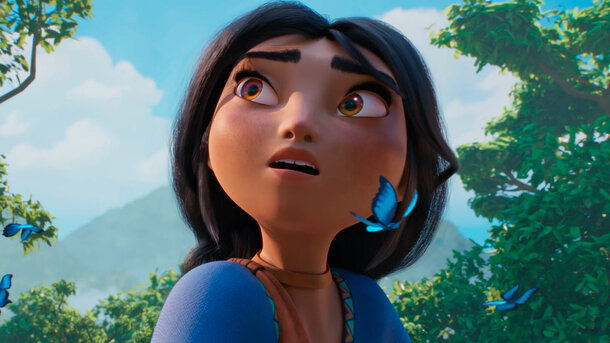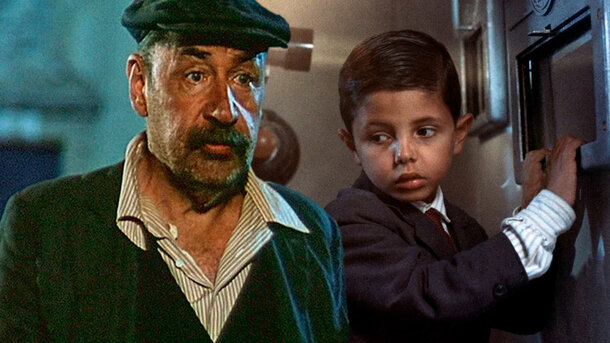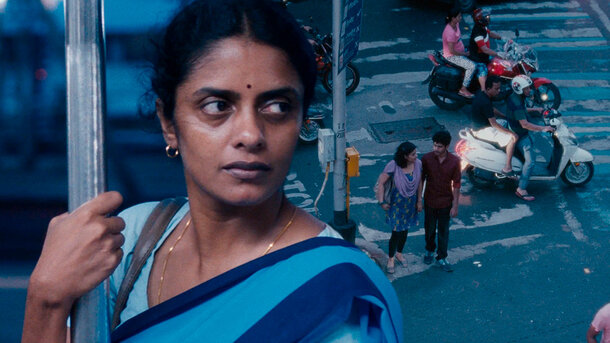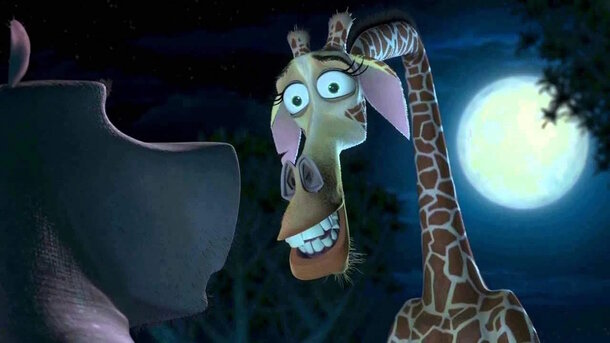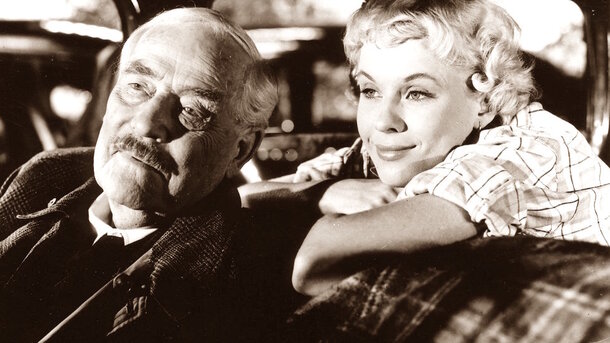Settle in — I had high hopes for Kayara. Animated stories rooted in rich heritage and underrepresented cultures? Yes, please. I was ready for a bold Incan heroine, lush mountain landscapes, and a tale that would uplift and inspire. But as the credits rolled, I found myself wondering: who exactly was this film made for?
A Journey Meant to Inspire — But Gets a Bit Lost Along the Trail
The film centres on Kayara, a spirited young woman determined to become the first female chasqui — the elite messengers of the Incan Empire. She disguises herself as a boy and enters the sacred training, only to uncover a conspiracy that could shake the empire’s balance. Sounds gripping, doesn’t it?
Except… it never quite lands. The script meanders, the pacing jolts like a rocky mule ride, and character development is thinner than Andean air. While the heart is in the right place, the storytelling feels stitched together — noble message, but clunky execution.
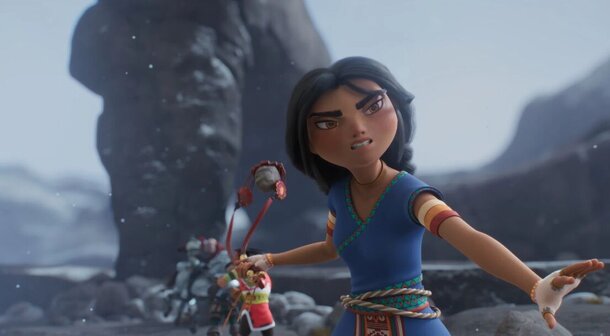
Visuals with Heart, But Not Always Polish
Let’s talk animation. There’s a warmth and vibrancy to the colour palette — think sun-soaked valleys and shimmering mountain paths. You can feel the cultural pride embedded in every frame. Yet compared to Pixar or even recent European indies, the animation quality sometimes slips into video game territory. Facial expressions lack nuance, and action scenes feel rushed, like they couldn’t quite keep pace with the ambitions of the story.
Still, I respect the intent. There’s a genuine effort to honour Incan mythology, and when the film slows down — a bird call echoing through the valley, a prayer whispered to the mountains — you can sense its quiet magic.
Voice Work and Direction: A Mixed Bag
César Zelada’s direction mirrors the film’s duality: culturally rooted, but narratively uneven. You can tell this was a passion project, but passion alone doesn’t guide a compelling arc. The voice acting (largely by regional talent) is heartfelt, though unevenly mixed — in some scenes, it’s moving; in others, the energy dips or feels misaligned with the visuals.

Audience Reactions: USA vs. UK
In the UK, responses were a bit frosty. Audiences here — perhaps expecting Moana-level finesse — called it “visually sweet but emotionally flat.” Some parents noted their children lost interest halfway through.
Across the pond in the US, the film found a modest niche among Latin American families, particularly those eager to see native culture reflected on screen. But mainstream critics were largely underwhelmed, citing poor pacing and an underdeveloped plot.
Final Thoughts: A Noble Effort That Deserves a Better Script
Let me be clear — I wanted to love Kayara. Representation matters, and we need more stories like this. But that representation must be matched with craftsmanship. The world deserves strong indigenous heroines, yes — but we also deserve a script that carries them as powerfully as they carry their empires.
Would I recommend it? If you’re curious about Peruvian animation or want to support underdog studios like Tunche Films — give it a go. Just don’t expect to be swept off your feet.
